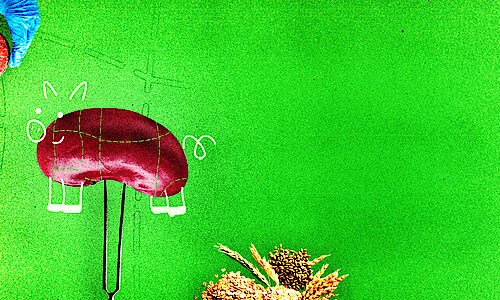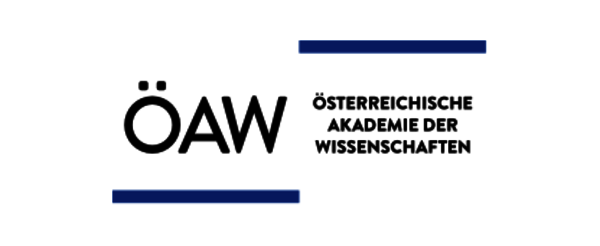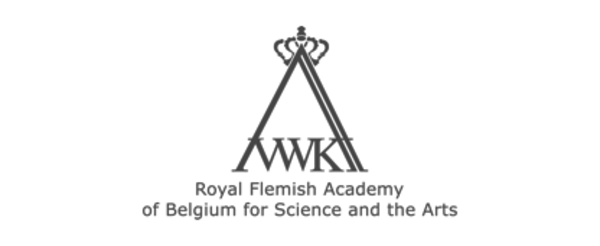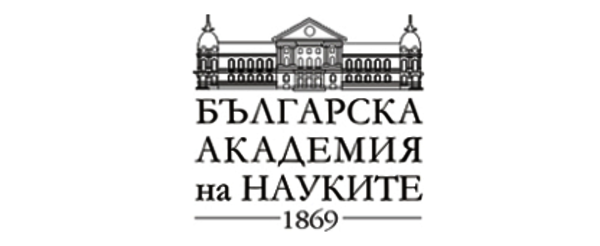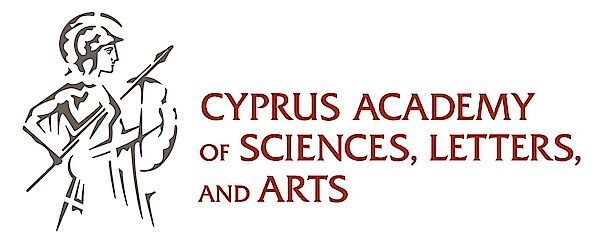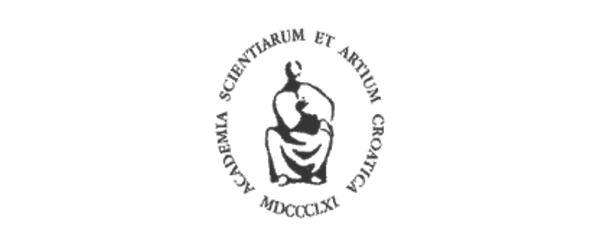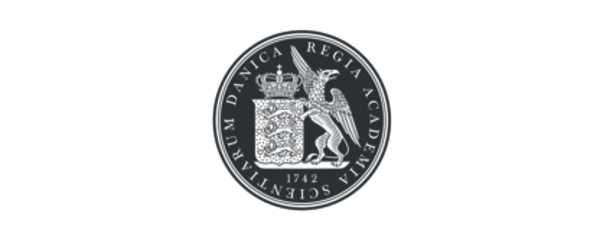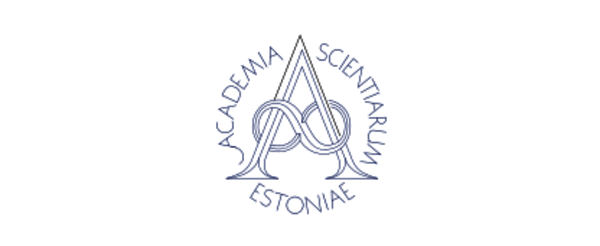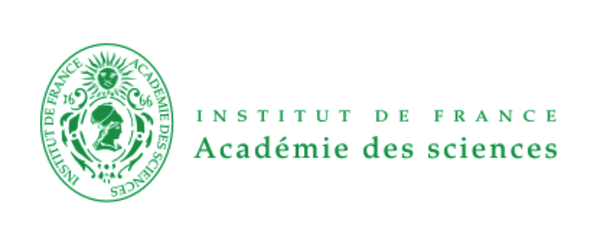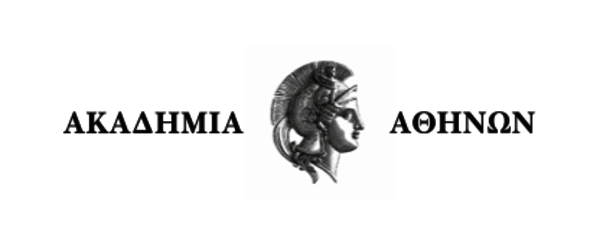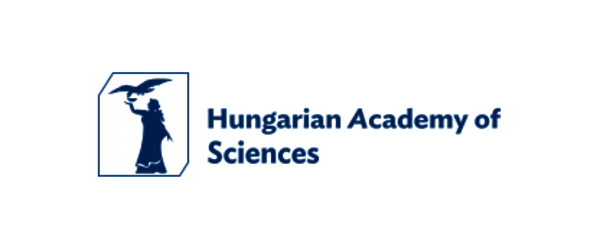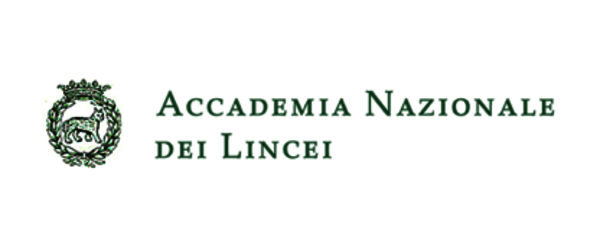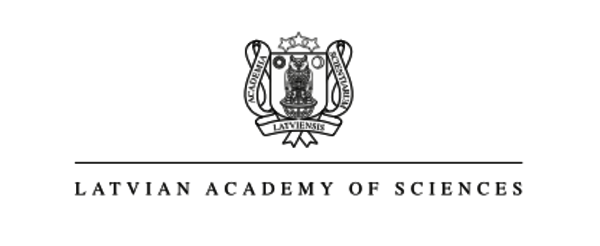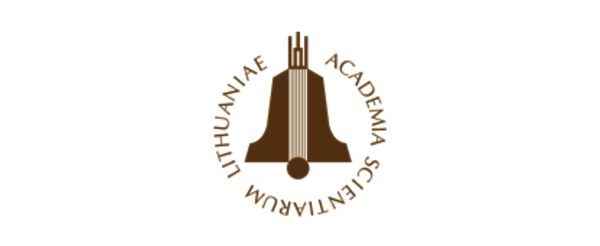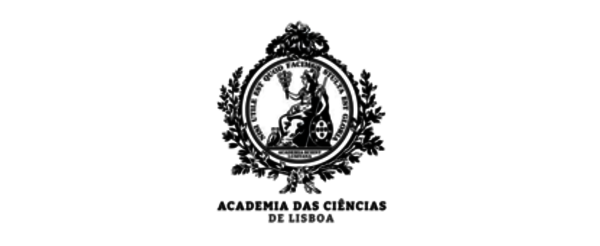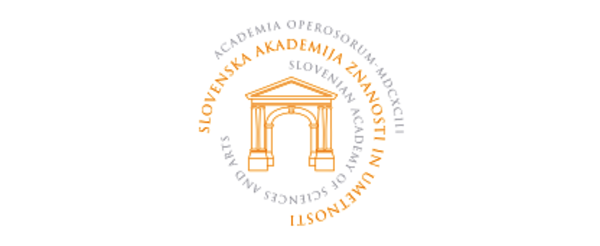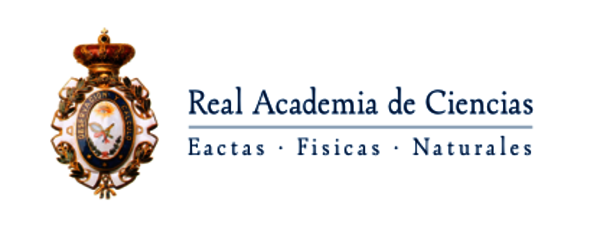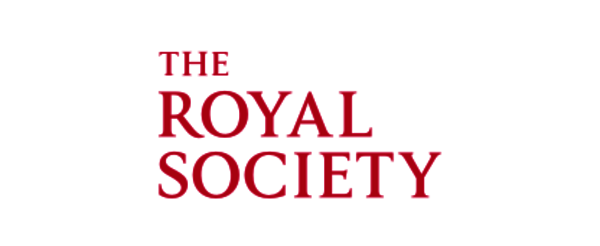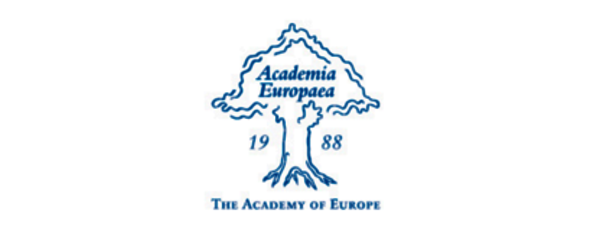News & Academies' activities
Gain of Function: request for advice from scientific community on revision of EU Export Control Regulation
One of the areas covered by the <link http: www.easac.eu home easac-news detail-view article easac-kicks.html external-link-new-window external link in new>EASAC project on Gain of Function relates to the issues arising from the current situation where publication of certain Gain of Function (GoF) research results falls within the scope of the EU Export Control Regulation. This Regulation is now being revised and during revision it is important to take account of views from the scientific community about the intangible transfer of technology with regard to dual-use research. Further background on the Regulation and the issues arising, provided by DG Research and Innovation is detailed below. If you wish to contribute a view and would like EASAC to collate your view with others to pass on to DG Research then please reply to <link mail window for sending>secretariat@easac.eu.
Using this opportunity of the review of the export control policy, we would welcome any discussions and suggestions from the research community, on how the revision of the export control policy could improve the situation for GoF researchers, while of course ensuring the necessary biosecurity safeguards. We would be most interested in concrete suggestions how to better address in the revision of the legislation intangible transfer of technology with regard to dual-use research.
Historically, export controls originate in efforts to stop the proliferation of nuclear weapons and other weapons of mass destruction. There are a number of international 'regimes', in which lists of controlled 'dual-use' items are discussed and updated. The most relevant such group in the area of biological weapons is the 'Australia Group'. All 28 EU Member States as well as the European Union itself represented by the Commission are Members of the Australia Group. EU legislation (see below) then implements the technical specifications agreed in the international regimes.
The legal framework for EU export controls is set by Regulation EC 428/2009. Its basic principles are
- the free circulation of dual-use items on EU territory;
- a common 'positive list' of items that are subject to controls if exported outside the EU (compiled through the international regimes, see above, Annex I)*;
- the possibility through a "catch all" clause to control non-listed items if they are related to weapons of mass destruction or military end-use;
- a system of different types of export licenses, applicable to specific items, destination countries and exporters. Issued by national export control authorities - with the exception of 6 'EU general export authorisations' applicable to any exporter who complies with its conditions of use);
- common control / authorisation criteria to be used by the national export authorities.
Provisions and definitions in the current regulation with particular relevance for research:
- Art. 2: 'dual-use items' shall mean items, including software and technology, which can be used for both civil and military purposes […]
- Annex II, Definitions:
- 'Technology' means specific information necessary for the 'development', 'production' or 'use' of goods. This information takes the form of 'technical data' or 'technical assistance'.
- 'Technical assistance' may take forms such as instructions, skills, training, working knowledge and consulting services and may involve the transfer of 'technical data'.
- 'Technical data' may take forms such as blueprints, plans, diagrams, models, formulae, tables, engineering designs and specifications, manuals and instructions written or recorded on other media or devices such as disk, tape, read-only memories.
- 'Basic scientific research' means experimental or theoretical work undertaken principally to acquire new knowledge of the fundamental principles of phenomena or observable facts, not primarily directed towards a specific practical aim or objective.
- Annex I, General Technology Note: The export of 'technology' which is 'required' for the 'development', 'production' or 'use' of goods controlled in Categories 1 to 9 [= positive list of dual-use items], is controlled according to the provisions of Categories 1 to 9. 'Technology' 'required' for the 'development', 'production' or 'use' of goods under control remains under control even when applicable to non-controlled goods. Controls do not apply to that 'technology' which is the minimum necessary for the installation, operation, maintenance (checking) and repair of those goods which are not controlled or whose export has been authorised. Controls on 'technology' transfer do not apply to information 'in the public domain', to 'basic scientific research' or to the minimum necessary information for patent applications.
Does the publication of certain GoF research results fall under the export control regulation?
- Ongoing legal challenge from Erasmus Medical Centre in The Netherlands.
- Arguments of export control authorities:
- Based on preamble/objective of the regulation any exception to license requirements should be interpreted restrictedly;
- Cannot be left up to individual researchers to decide whether their research is basic;
- Even though EMC has only used known and available methods, research led to completely new results;
- Information can be used for biological weapon;
- Great value attached to initial NSABB recommendation against full publication;
- Objective was specifically to develop an aerosol-transmissible AI virus – hence not 'basic'
- Counterarguments/Questions:
- Basic vs. applied research: fundamental understanding of airborne transmission vs. creation of dangerous airborne virus;
- New technology vs. information in public domain;
- Freedom of Science/Censorship?
- Level playing field – consistent application of export control in EU countries/internationally?
- Publication = Export? U.S. journal vs. European Journal?
The EU export control policy is currently undergoing a review (Commission Communication‚ Review of export control policy‘ COM (2014)244 (April 2014)):
- "examine options to promote a specific strategy to ensure 'immaterial control' and address the challenge posed by Intangible Transfers of Technology (ITT), including the need to clarify the control of 'dual-use research'";
- reviewing legal provisions and/or providing guidance relating to basic notions applying to electronic transfers of controlled technology;
- shifting the focus on pre-transfer control provisions - e.g. registration, self-auditing - and post-transfer monitoring - e.g. compliance audits - rather than on the transmission itself;
- targeted and coordinated outreach for academic research communities could raise awareness;
- other options such as the preparation of a code of conduct for scientists engaged in the performance of dual-use research could also be envisaged;
- Legislative proposal of the Commission expected in 2016
* This list contains a large number of biologicals (e.g. under category 1C351 "Human pathogens, zoonoses and 'toxins'" a large number of viruses, bacteria and toxins, e.g. Chikungunya virus, Coxiella burnetii or Chlamydia psitacci, under 1C352 'animal pathogens', including e.g. certain avian influenza viruses, under 1C353 'Genetic elements and genetically modified organisms containing the above mentioned pathogens or toxins' and under 1C354 'Plant pathogens').
back to overview
